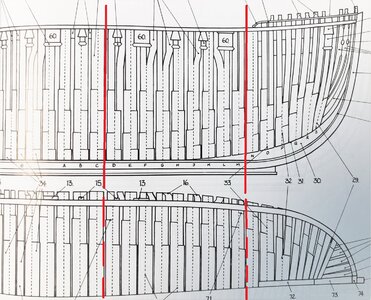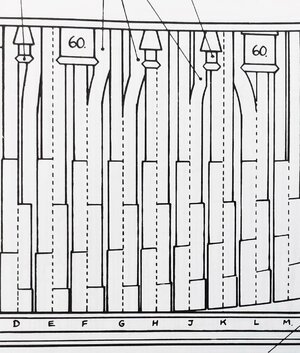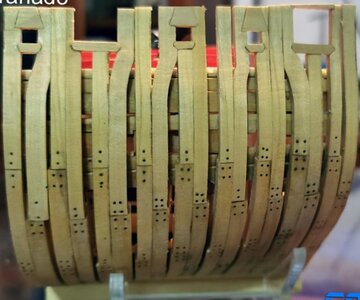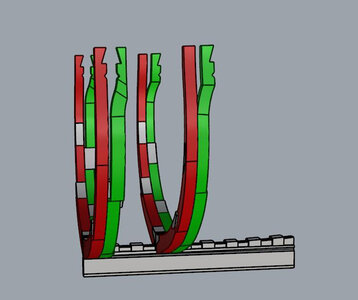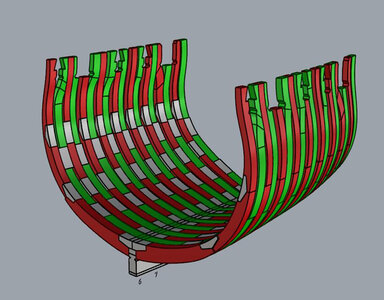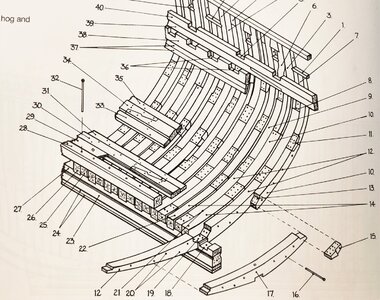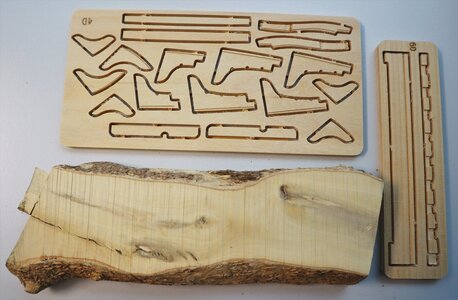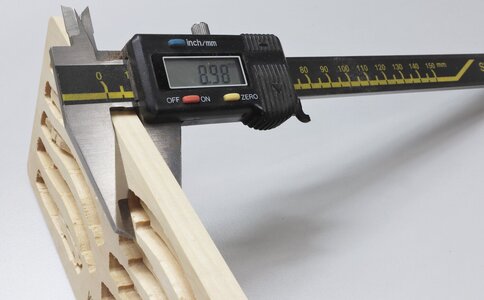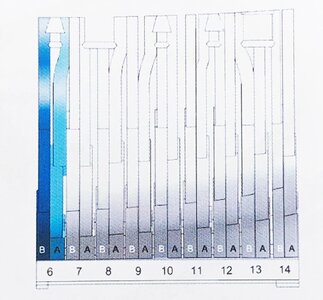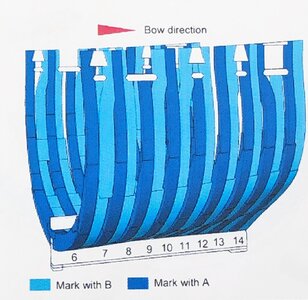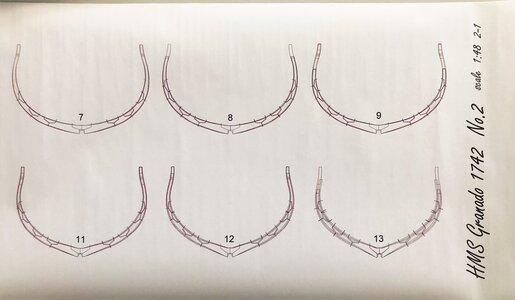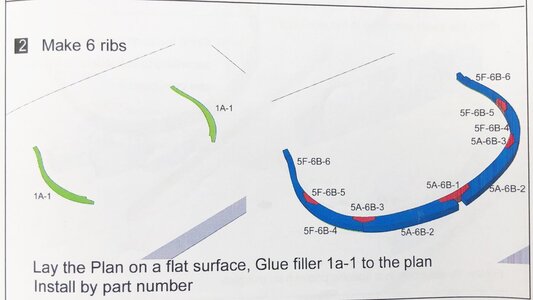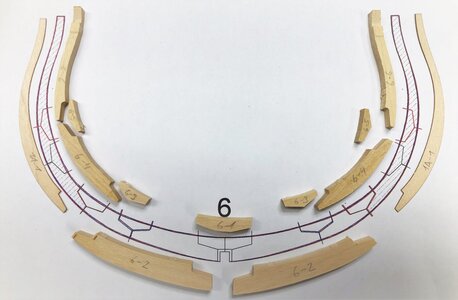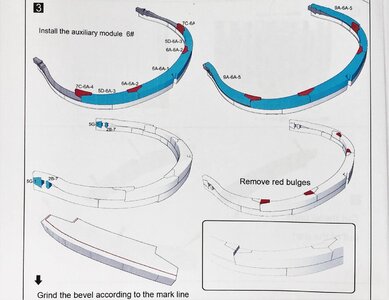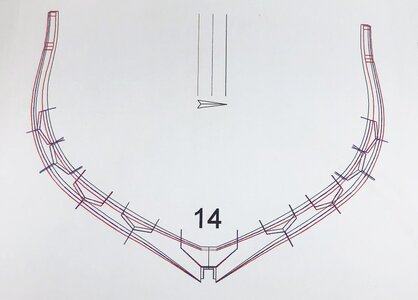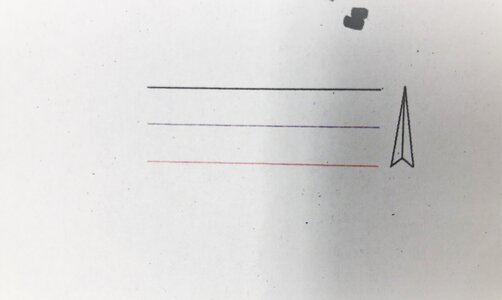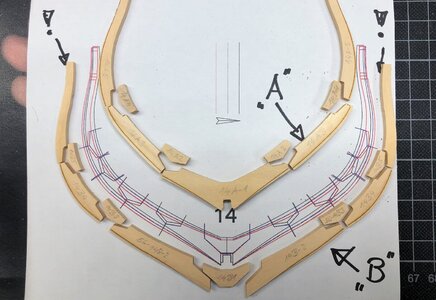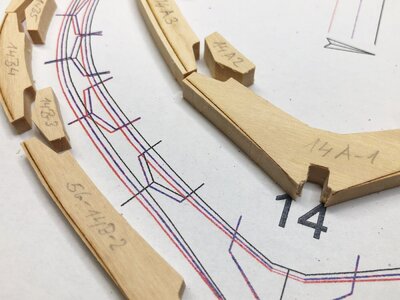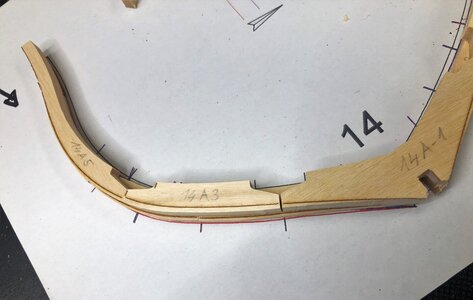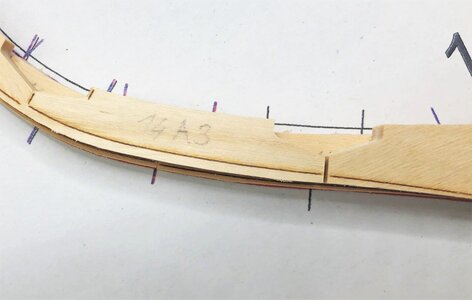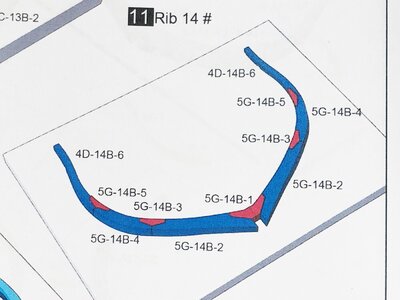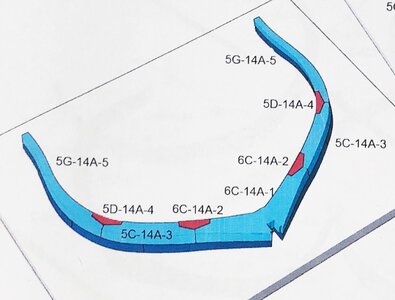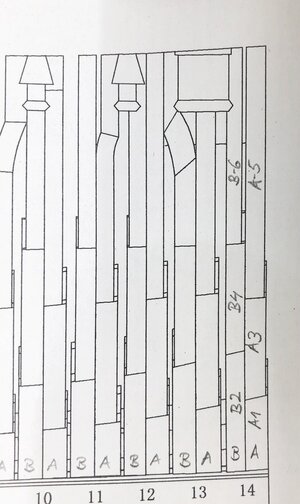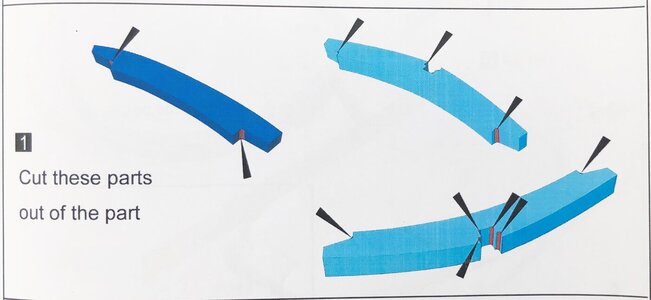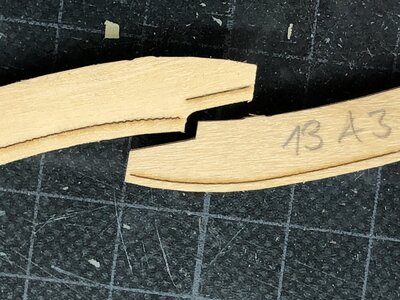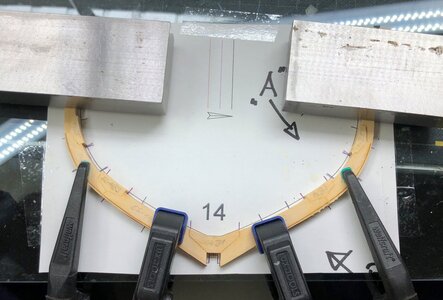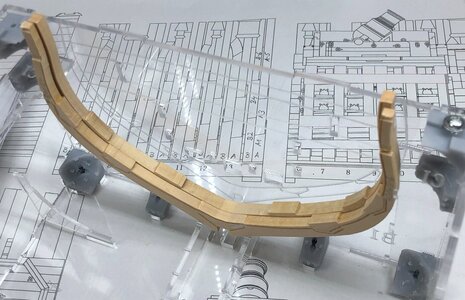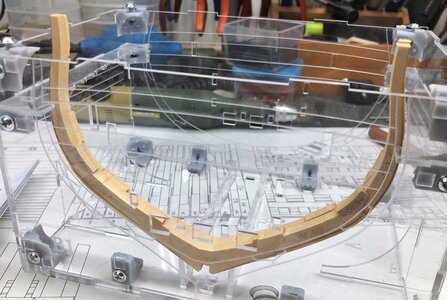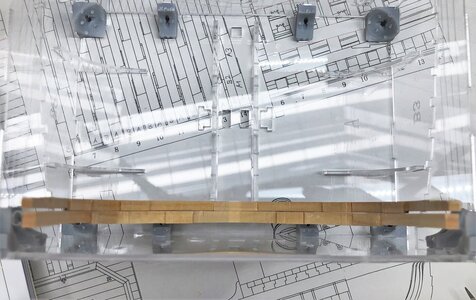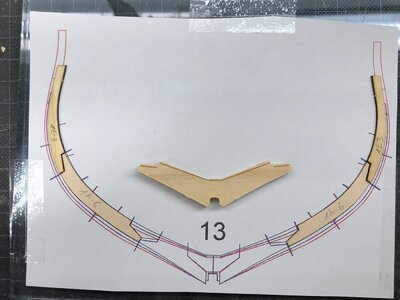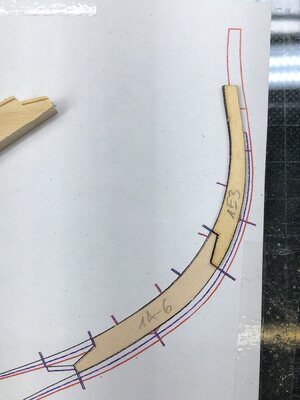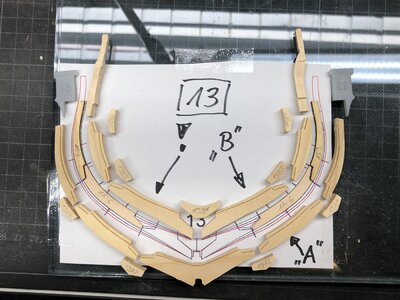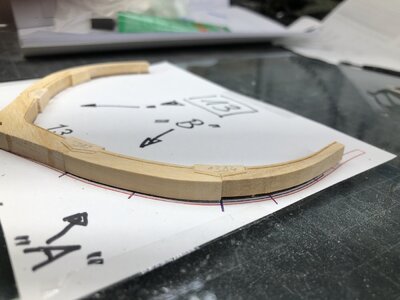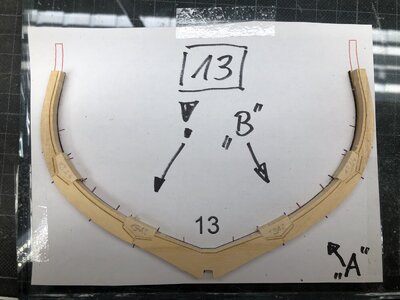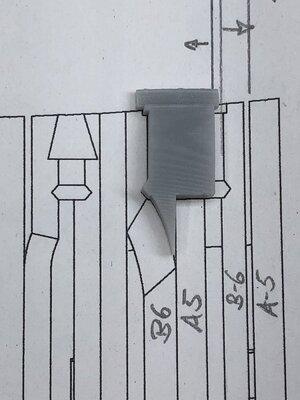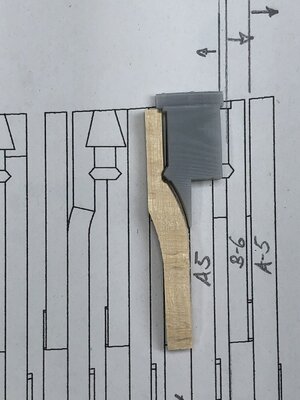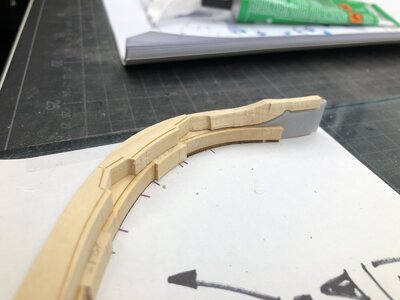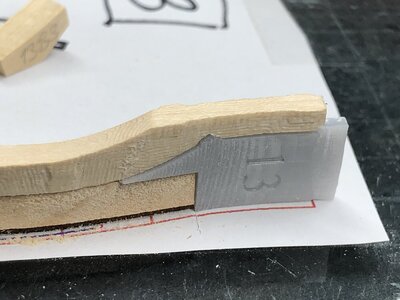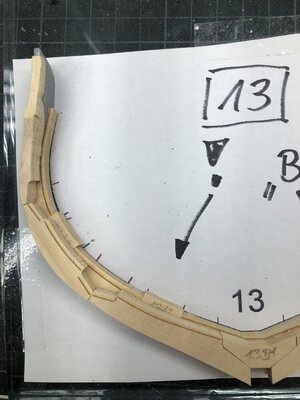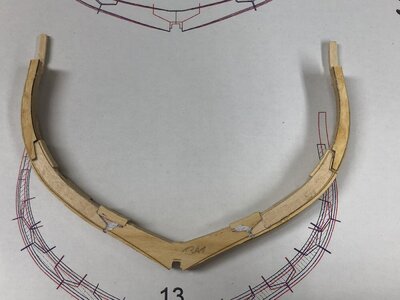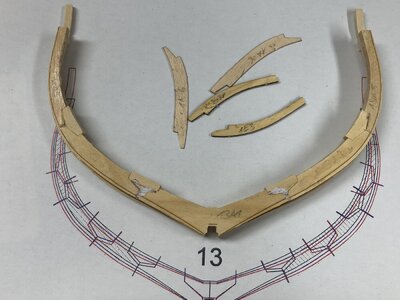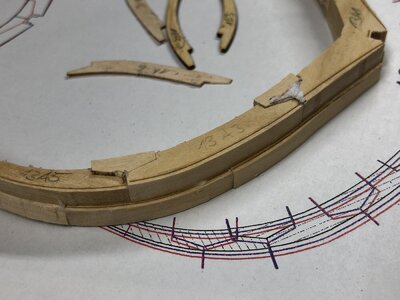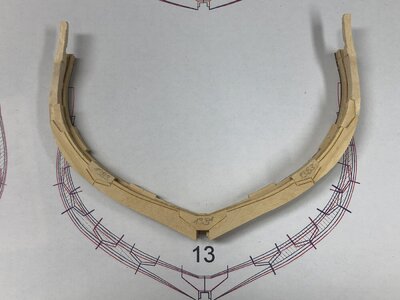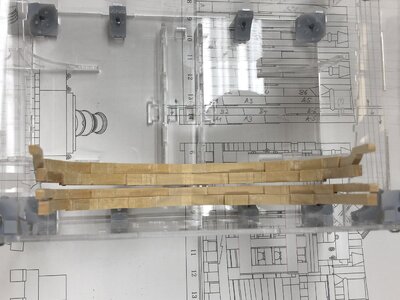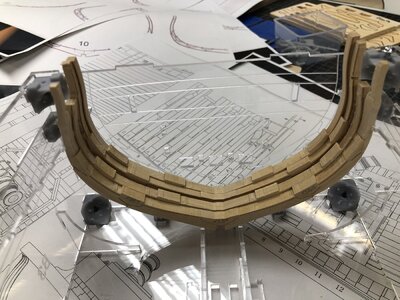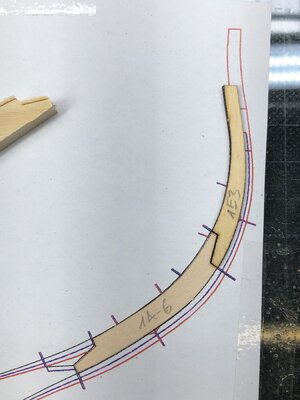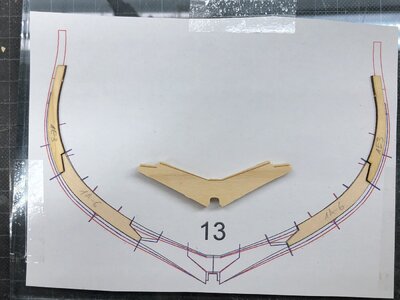Some days ago I started working on a new project -
HMS GRANADO - bomb vessel
midship section - POF
by @CAFmodel in 1:48
I made already a detailed kit review, where you can find more detailed Information abou the content and also the specialities of this kit, like the correct framing, the new kind of jig, using boxwood for the complete structure etc. -> so in my opinion a very special kit
In the following only some photos of the finished CAF model so you get an impression what you can expect.
I have chosen this project, because I plan to finish it until end of this winter, so I am able to take it with me to the planned modelers come together in Augsburg, Germany in March 2022. Let us see, if this will work


The kit was offered directly via CAF-web-page
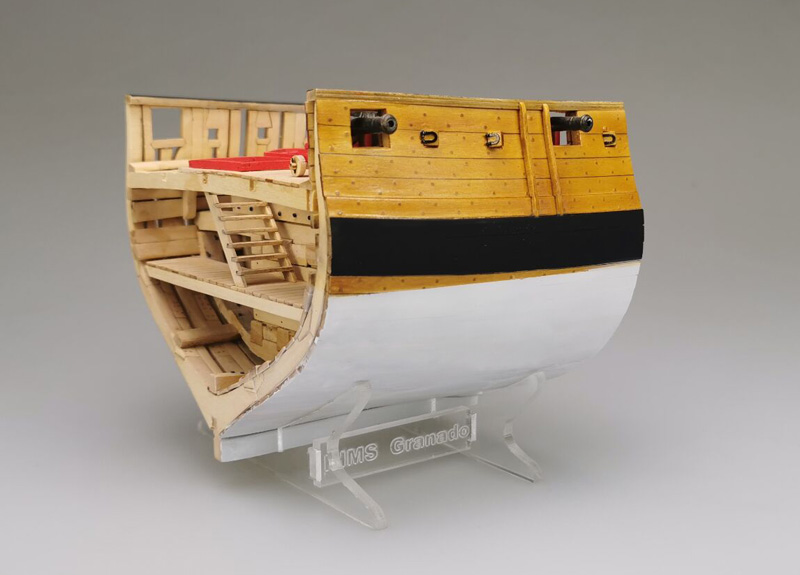
The size of the CAF model in scale 1:48 when finished completely

In order to complete the available topics related to Granado and the kit(s) in SOS:
so stay tuned - in short time I will show you the first working steps in my detailed building log
HMS GRANADO - bomb vessel
midship section - POF
by @CAFmodel in 1:48
I made already a detailed kit review, where you can find more detailed Information abou the content and also the specialities of this kit, like the correct framing, the new kind of jig, using boxwood for the complete structure etc. -> so in my opinion a very special kit
Kit review - HMS GRANADO (1742) - section - kit No.2 - POF in scale 1:48 by CAF model
Kit Review: PART 1 HMS GRANADO (1742) section - kit No.2 Plank On Frame in scale 1:48 by CAF model since several months we were able to follow the development of this amazing kit in one of our topics https://shipsofscale.com/sosforums/threads/caf-granado-1-48.5628/ -> so we all want now to see...
shipsofscale.com
In the following only some photos of the finished CAF model so you get an impression what you can expect.
I have chosen this project, because I plan to finish it until end of this winter, so I am able to take it with me to the planned modelers come together in Augsburg, Germany in March 2022. Let us see, if this will work
The kit was offered directly via CAF-web-page

The size of the CAF model in scale 1:48 when finished completely
In order to complete the available topics related to Granado and the kit(s) in SOS:
Book review - Book Review: "The Bomb Vessel GRANADO (Anatomy of the Ship)" by Peter Goodwin
Book Review: The Bomb Vessel GRANADO (Anatomy of the Ship) by Peter Goodwin Hardcover: 128 pages Publisher: Conway Maritime Press; New edition edition (21 April 2005) Language: English Product Dimensions: 26 x 1.9 x 24.1 cm Synopsis: Built as a floating siege engine able to...
shipsofscale.com
Caf Model - New Kit - CAF Granado 1/48 - cross section
https://cafmodel.com/products/hms-granado Coming soon Le coreur is done and we're starting a new project Our mortar ship La salamandre is temporarily unavailable for sale due to copyright issues, so we are ready to start a new mortar ship. I started to design this kit in 2013, but his ribs were...
shipsofscale.com
Kit review - HMS GRANADO (1742) - POF in scale 1:48 by CAF model
Kit Review: PART 1 HMS GRANADO (1742) complete full hull model Plank On Frame in scale 1:48 by CAF model Beginning with this year we were already able to see the highly interesting kit of the Granado section model...
shipsofscale.com
so stay tuned - in short time I will show you the first working steps in my detailed building log






